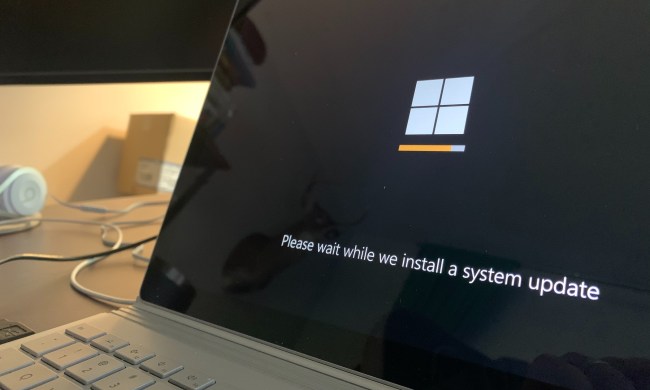Microsoft is making a long-requested design change to Windows 11. As part of the latest Windows Insider Dev Channel build, the company is beta testing an updated volume slider, which now matches up with the look and feel of the rest of the operating system.
A change from the previous versions left over from Windows 8, the Windows 11 Dev Channel beta editions of the hardware indicators (sliders) for brightness, volume, camera privacy, camera on/off, and airplane mode now look more modern. These are the flyouts that appear as you click the volume or brightness keys on your laptop and will even honor the dark mode or light mode settings of your system.

Microsoft moved these sliders from the top-left corner of the screen to the bottom. All of the sliders now float on top of the taskbar, appearing as a round shape with a blue level in the middle to indicate a specific percentage (see above for an example).
It’s important to note that this change is still in beta testing in the Dev Channel of the Windows Insider Program, so it’s not linked to a specific Windows 11 release. This means that it might not be until late this year until everyone gets to see it for themselves.
It’s not only the big change that Microsoft is testing in Windows 11. After users complained that a full-screen Alt + Tab experience in the operating system is too distracting, Microsoft responded with yet another beta test of a new experience. In the current Dev Channel version of
It’s looking as though it is a big goal for Microsoft to clean up Windows 11 so that the visual looks of apps and other experiences are more in sync with each other. For example, today’s


